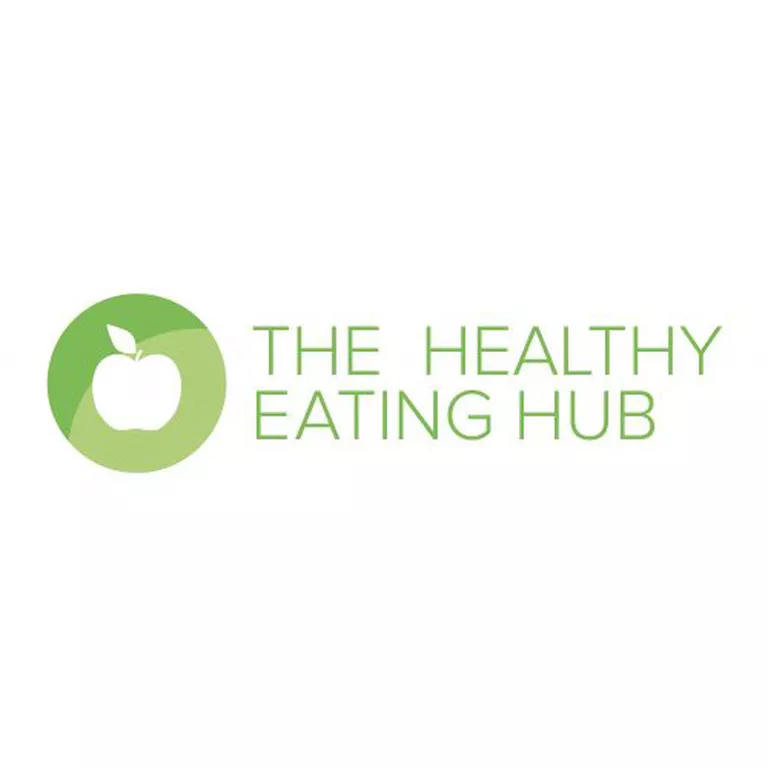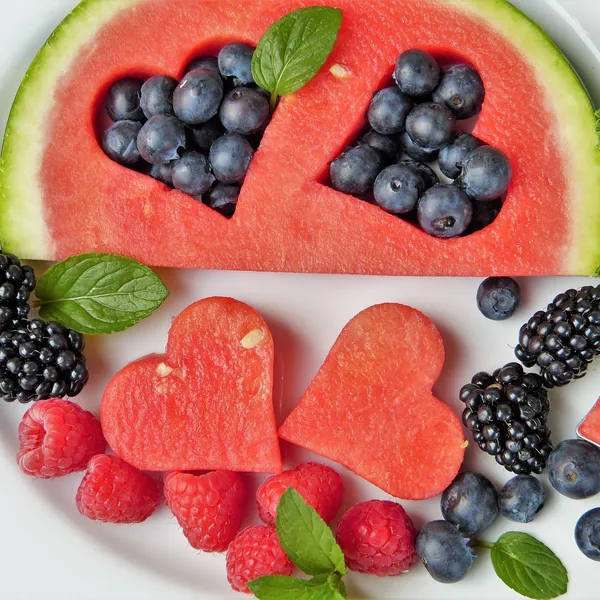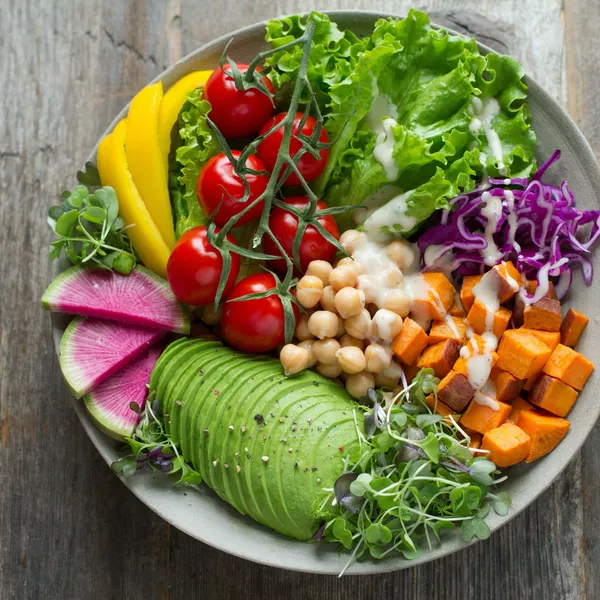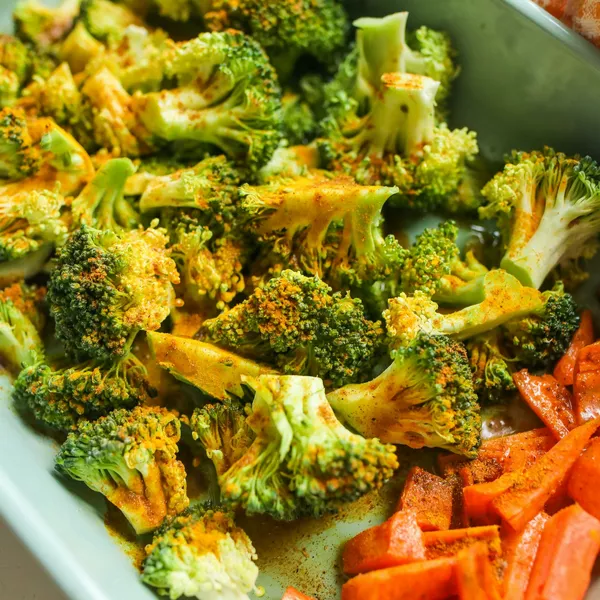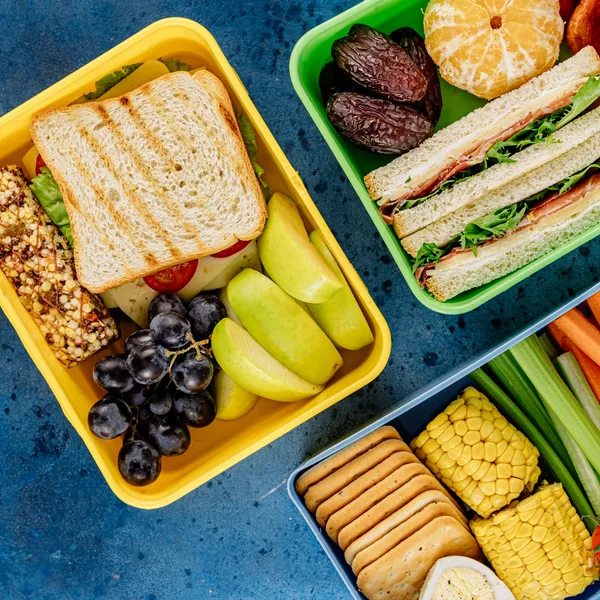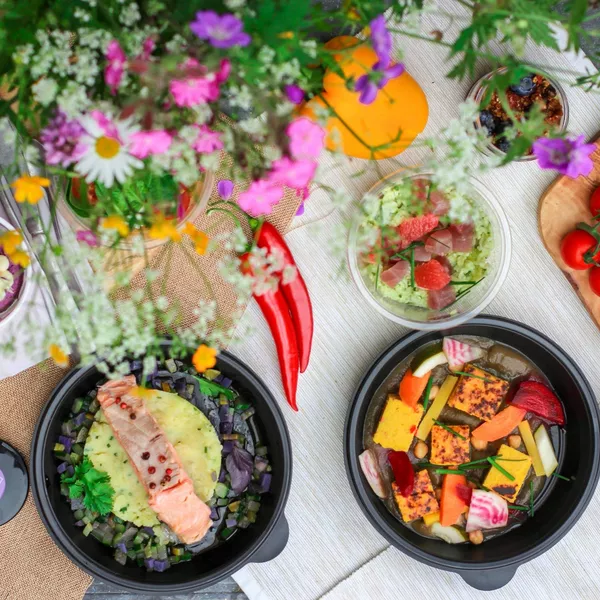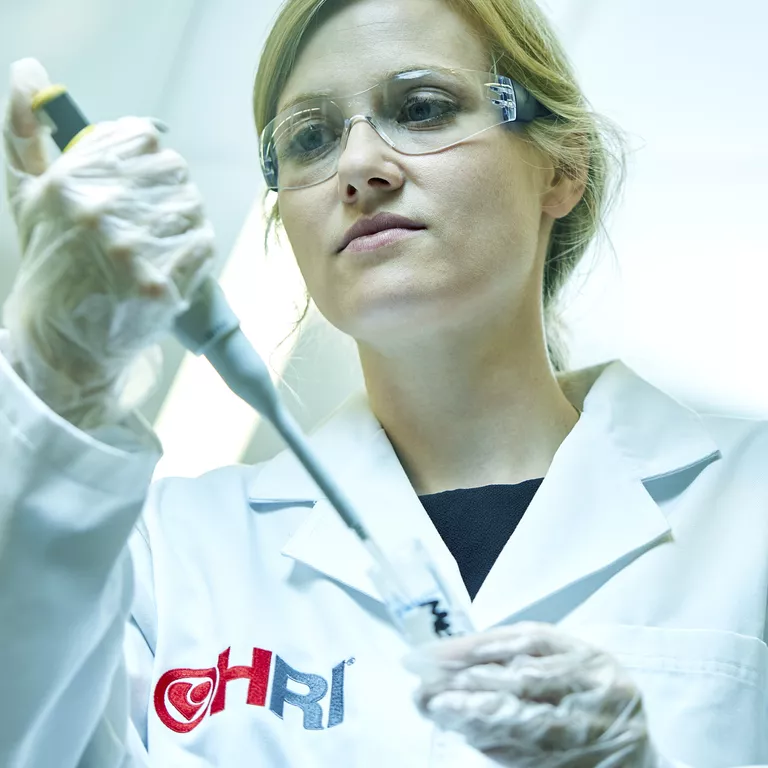During busy, social times, it’s easy for our good habits to take a back seat. If you have a full social calendar ahead, take the opportunity to reflect on healthy habits, especially the approach to drinking.
What exactly is alcohol?
Alcohol is an energy source. In drinks, we call it ‘ethanol’. Ethanol is produced by fermenting the sugars in starch or sugar-based crops such as grains, fruits and vegetables. This is how we get beer from barley, wine from grapes and vodka from potatoes. When we compare this energy source to our three major nutrients for energy – carbohydrates, proteins and fats – alcohol is a poor source of energy and very lacking in nutrients.
How does my body process alcohol?
Alcohol affects the body straight away and has the capacity to affect everyone. We may start to feel more relaxed and confident as our inhibitions reduce, our speech can slur, and we may have difficulty walking.
What’s even more interesting is the unique metabolic pathway of alcohol. Unlike other macronutrients, alcohol is absorbed directly into the blood stream by diffusion. As a result, alcohol gets priority digestion over the other macronutrients. The outcome of this process is that alcohol is either used for energy or stored as fat. Alcohol also provides seven calories per gram (almost twice the amount of energy we get from one gram of carbohydrate). In a nutshell – alcohol is energy dense, nutrient poor and prevents the body from properly absorbing, digesting and using other nutrients.


